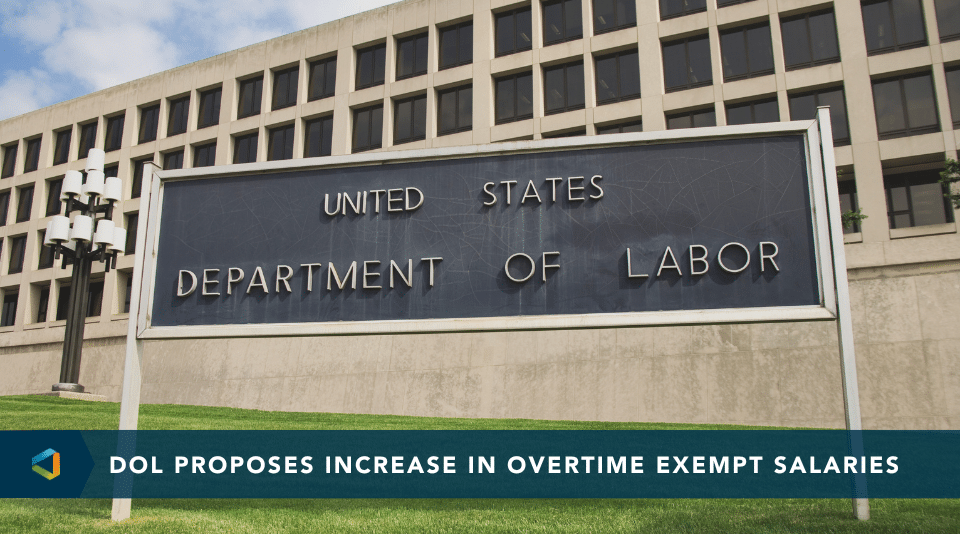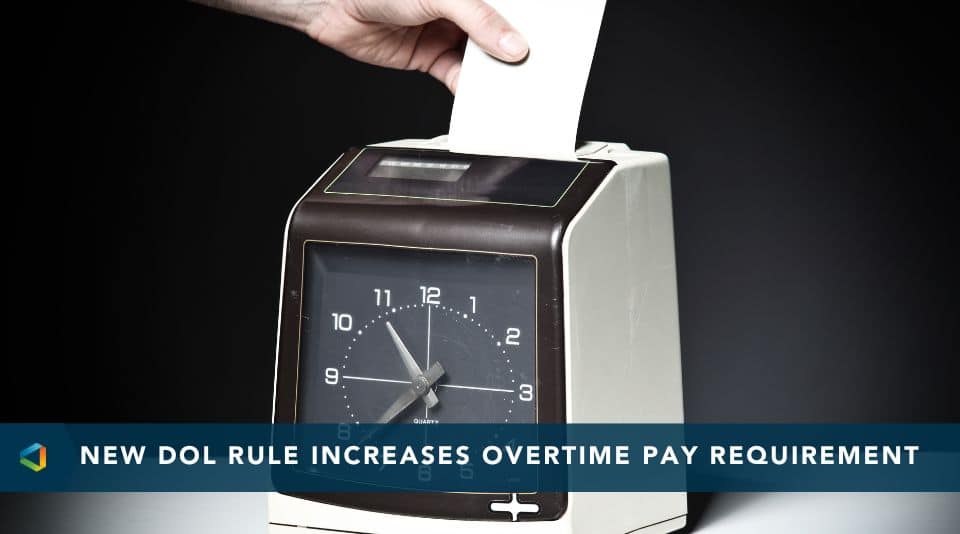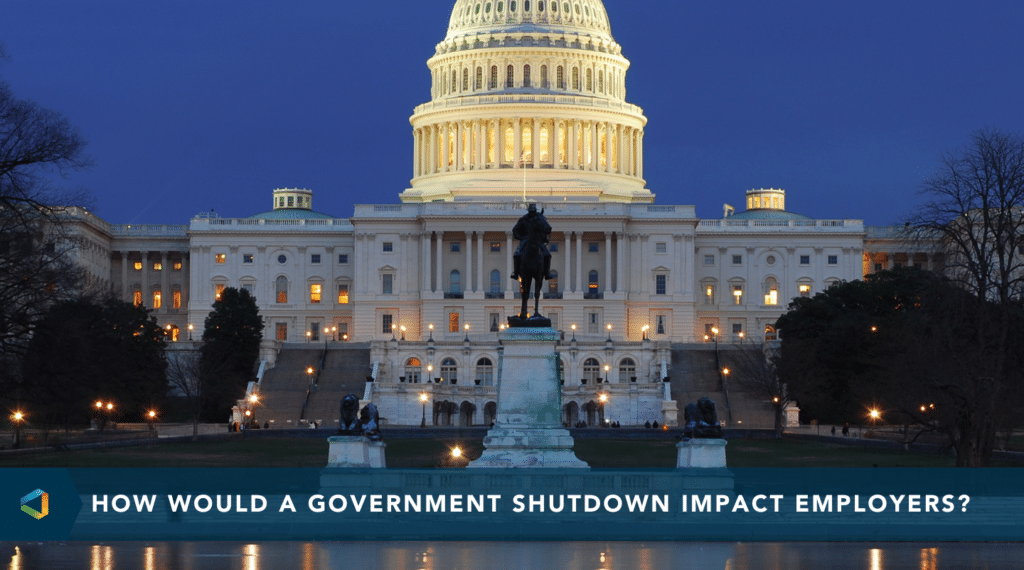Better Benefits, Lower Costs
Determine How the DOL's Final Overtime Exempt Salary Increases Will Impact Your Business
Determine How the DOL's Final Overtime Exempt Salary Increases Will Impact Your Business
In April 2024, the Department of Labor approved a final rule to increase to minimum salary requirements for overtime exempt employees. The rule is scheduled to take effect on July 1, 2024, and will be rolled out in two phases.
The first phase of the new rule, effective from July 1, 2024 to December 31, 2024, will raise the minimum pay requirement for overtime exempt employees to $844 per week, or $43,888 annually. The second phase of the rule, effective from January 1, 2025 through 2027, further raises the minimum pay requirement to $1,128 per week, or $58,656 annually. The new rule also affects highly-compensated exempt employee salaries. More information on the rule can be found here.
You may use the calculator tools below to assess the financial impact that the overtime exemption rule change will have on your organization during each of these phases. To use these tools, simply enter the current compensation information for a non-highly compensated employee. The tool will automatically apply the new salary threshold for whichever phase you are evaluating to the entered data and suggest the most cost-effective option for your business. To enter information for multiple employees at once, download the full worksheet by clicking the button at the bottom of the calculator.
It should be noted that this calculator only assists with the financial aspect of qualifying for overtime exemption under the proposed rule. Meeting the salary threshold is just one requirement for classifying workers as exempt. Employees should remember that they must also meet the "duties" tests for one of the recognized exemptions in order to successfully qualify for exempt status. Each of the "white collar" (executive, administrative, and professional) exemptions has a different "duties" test.
Employers should also be aware that all employees are presumed to be classified as non-exempt until proven otherwise. The burden of proof is on employers to show that an employee qualifies as overtime exempt under applicable federal and state laws. Even though an employee may qualify for exempt status, an employer may decide to keep the employee as non-exempt for business reasons. Employers should review whether an employee qualifies as overtime exempt with legal counsel, including review of the duties and salary tests.
Phase One: Effective July 1, 2024
Phase One: Effective January 1, 2025
Are you looking for additional guidance on compensation planning for your organization? Check out this Effective Compensation Program Management Webinar from OneDigital's in-house compensation consulting team.
NOTICE: This calculator is for educational purposes only and is designed to provide basic mathematical estimates, based on the input you provide, for the purpose of reviewing the financial impact of the new FLSA overtime rule on your business or a given individual, and does not constitute legal or tax advice. Note that the final rule only affects the federal Fair Labor Standards Act (FLSA). Some states may have more restrictive rules on qualified overtime exemptions, including both the duties test and salary test which may be affected by higher state minimum wage laws. Employers should review which overtime exemption rules apply to them. Estimates assume salary is earned over a 12-month span.




